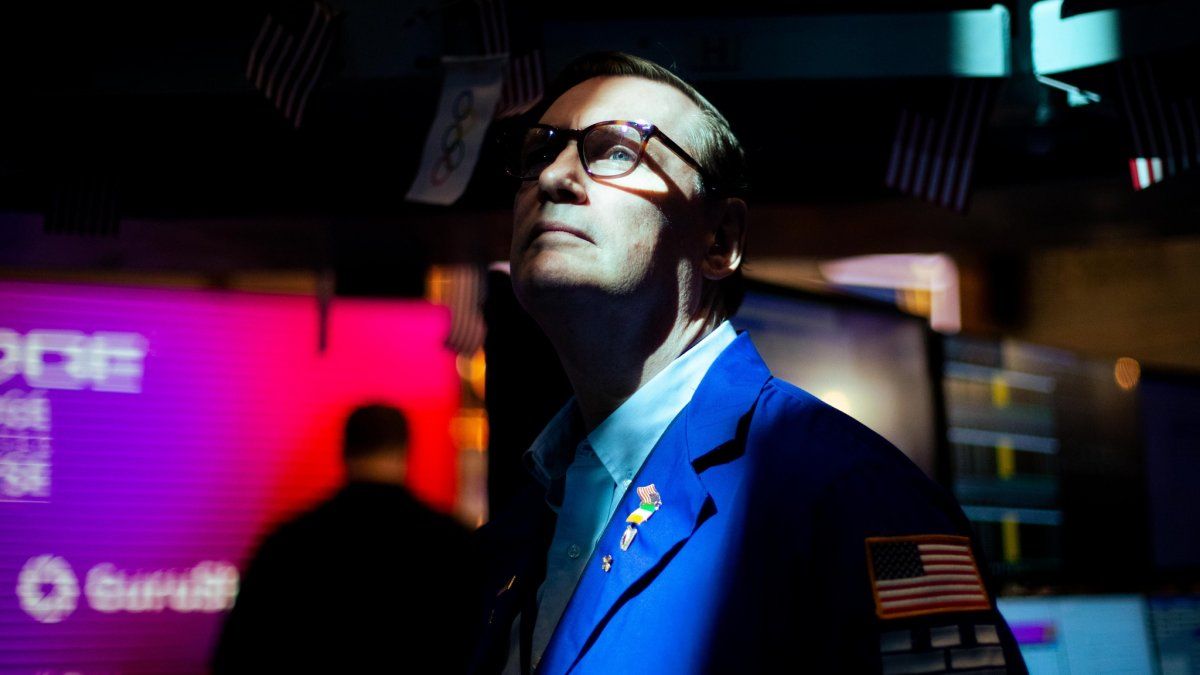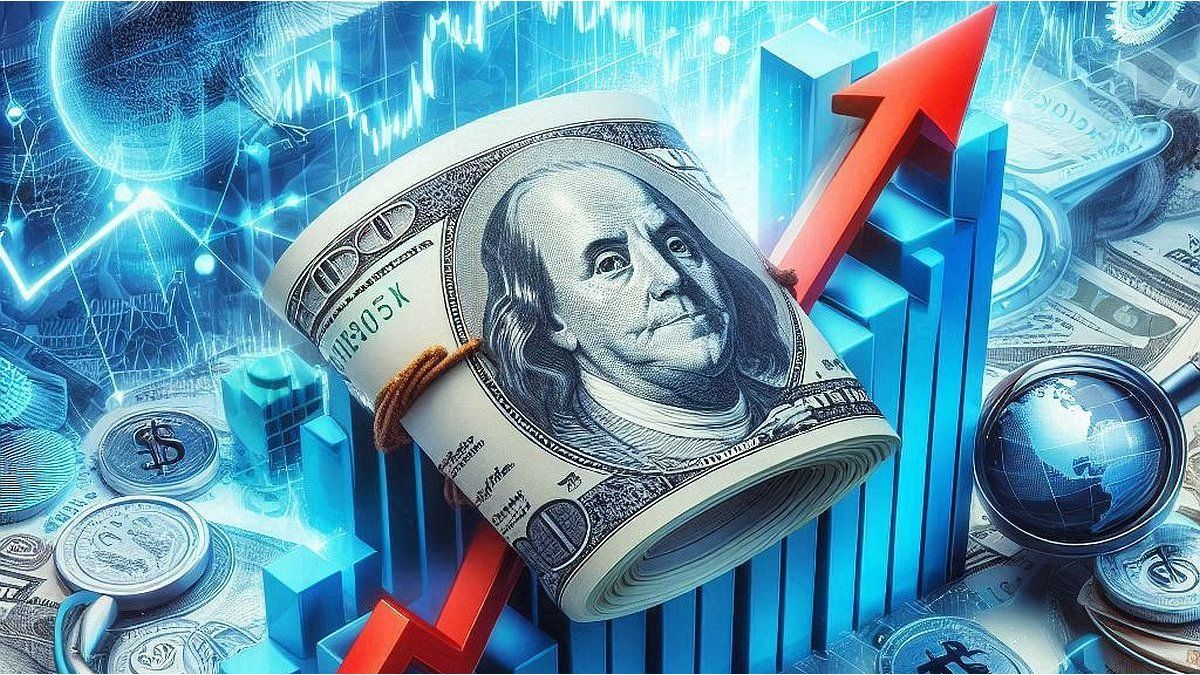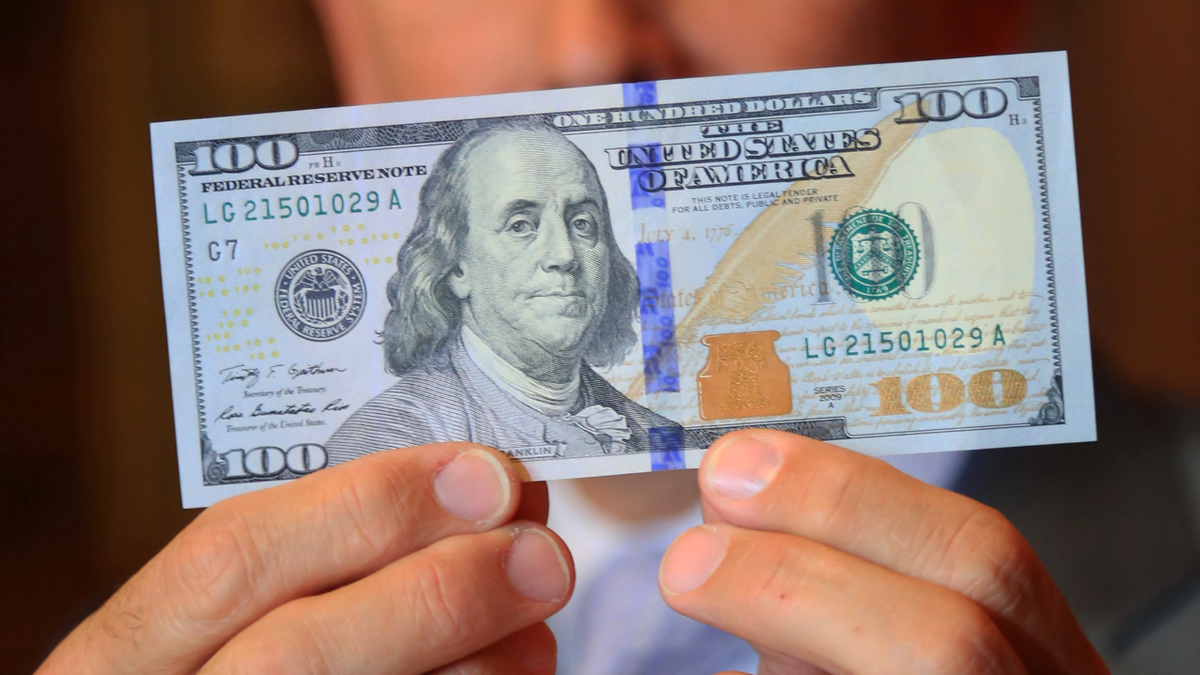The prevailing uncertainty about what Trump 2.0 will be like and its possible consequences (more inflation and the end of lower rates until greater economic growth) impacted the rise of the 10-year rate in the US to levels of 4.50%, a step away from the disturbing threshold of 5% that the market felt would conspire with the Wall Street rally. According to investors, a level of 5% alters the mood in favor of equities and increases volatility. What’s more, when it hits 4.75% it could force investors to abandon their bets on a recovery, potentially triggering a wave of selling that would push yields back toward 2007 highs.
JP Morgan strategists believe that a rise in US Treasury yields could herald the end of post-Trump euphoria, particularly if the 10-year bond yield reaches 5%, because that level could transform the effect of bonds on equities from positive to worrying, with a greater risk for the sustainability of the upward cycle, especially if Trump favors protectionist policies and tariff increases. Why does that happen?
It happens that the increase in US Treasury debt yields indicates a drop in demand for these bonds and that affects the price of shares through four channels, he explains, John Plassardchief economist of the Swiss group Mirabeau. What are they?
- Interest rate competition: When US Treasury yields rise, investors become more optimistic about the economy, look for higher yields elsewhere, and may shift their funds from equities to fixed income, putting downward pressure on equities.
- Discounted cash flow model: Stock prices are often determined using the discounted cash flow model which calculates the present value of expected future cash flows from holding a stock, so when Treasury yields rise, the risk-free rate (used in the model calculations) also increases and as a result, the discount rate applied to future cash flows increases, reducing the current value of the shares.
- Bonds and shares: Investors compare Treasury bond yields (considered riskless) to stock dividend yields, so as Treasury yields rise, bonds become more attractive than stocks, and investors can reallocate their portfolios, causing a drop in equity prices.
- Market Sentiment: Rising Treasury yields may create market uncertainty, so investors are concerned about the impact on corporate borrowing costs, consumer spending and economic growth, so this sentiment may cause selling pressure on equities.
It should be noted that some sectors are more sensitive to changes in interest rates, such as utilities and real estate. Furthermore, growth stocks (for example, technology companies) are especially sensitive to changes in interest rates, since their valuations depend largely on future earnings forecasts. So, in theory, rising Treasury yields impact stock prices due to changes in investor preferences, valuation models, and overall market sentiment. That’s what the theory says, but what happened recently?
wall street usa markets
The rise in the 10-year rate of US bonds would conspire against the rally on Wall Street.
NYSE
10-year bond: what history shows
For example, In October 2023, the 10-year bond yield surpassed the 5% psychological threshold for the first time in 16 years after Fed Chair Jerome Powell said inflation remained too high.suggesting that another rate hike may not be completely ruled out in 2024. Looking at market reactions, it is seen that when the 10-year bond yield rose above 5%, the S&P 500 came under short-term pressure.but it rebounded a few days later. As for the dollar, after breaking the 5% threshold of the 10-year rate, the following days saw a weakening of the US currency, which it recovered two months later.
What is reality? Plassard asks. “If we take another (longer) look at history, rising interest rates are not the end of the world for the stock market, contrary to what one might think, in fact, the S&P 500 has performed very well in the past during interest rate hike cycles”he maintains. One study, from 1950 to the pre-pandemic era, shows that the average annualized return when the 10-year yield rose 1% or more was just under 11%, which is roughly Wall Street’s long-term average return. (the market only fell twice when this occurred, and the losses were minimal).
The analysis of reality
Plassard uses Ben Carlson’s data to analyze the impact of real interest rates on the future returns of stock markets: going back to 1950 and breaking down the average returns at 1, 3, and 5-year terms based on different levels of Interest rates show that this is not a one-to-one correlation, with higher rates leading to lower returns. The economist explains that the lowest returns were recorded in the ranges of 3% to 4% and 7% to 8%, and the best returns were recorded when rates were at 2% or below, which makes sense if It is taken into account that rates were only this low during two of the biggest crises of this century (the 2007-2008 crisis and Covid-19).
But when you focus on the 4% to 6% range, so the current one, the returns have been pretty good in the past. One reason may be that the average 10-year yield since 1950 is 5.4% (the median is 4.7%), and such rates occur in “normal” times, says Plassard, who acknowledges that the The relationship between interest rate levels and forward stock market returns is not really relevant, since each period is different: in the ’70s, the rise in interest rates was a negative factor for equities, since the Inflation was out of control and the economy was suffering from stagflation, however, in this economic cycle, rates and yields are high, because economic growth remains high in the US, as does inflation. “Higher rates with stronger economic growth are better for the stock market than lower rates with weaker economic growth.”he points out.
Unavoidable consequences
Whatever the reaction of the stock markets to a possible rise in US Treasury bonds, there are consequences that cannot be avoided, among which the following stand out:
- Mortgage rates will remain high: The biggest liability for most Americans is their mortgage. Currently, the average 30-year fixed rate is close to 6.80%, according to Freddie Mac.
- Student loans could become more expensive: There is also a correlation between the yield of Treasury bonds and student loans, since a college education is the second largest expense in life, behind only the purchase of a home, and to cover this cost, more than half of families ask for loans. College students who applied for Federal Direct Student Loans for 2023-24 are now paying more than 5.50%, up from 4.99% in 2022-23 and 3.73% in 2021-22. The Government sets the annual rates on these loans once a year, based on the 10-year Treasury yield. If the 10-year yield continues to rise, federal student loan interest rates could rise again when they reset in the spring, costing borrowers even more in interest.
- Car loans are becoming more expensive: There is also a close correlation between Treasury yields and auto loans. The rates are the highest in the last 16 years. Today, more and more consumers are faced with monthly payments they probably cannot afford.
Although other types of loans, such as credit cards, small business loans, and mortgage lines of credit, are primarily tied to the federal funds rate and rise or fall based on the Fed’s decisions, it is also easy to imagine that will not drop drastically in the short term.
In conclusion, “it would be a big mistake to affirm that the movement of the 10-year bond above 5% will cause the indices to plummet, since history teaches that you can live with high yields without the S&P 500 suffering. The thing to remember is that you can’t just look at one variable in isolation, economic and market data must be put into context,” says Plassard.
Source: Ambito




